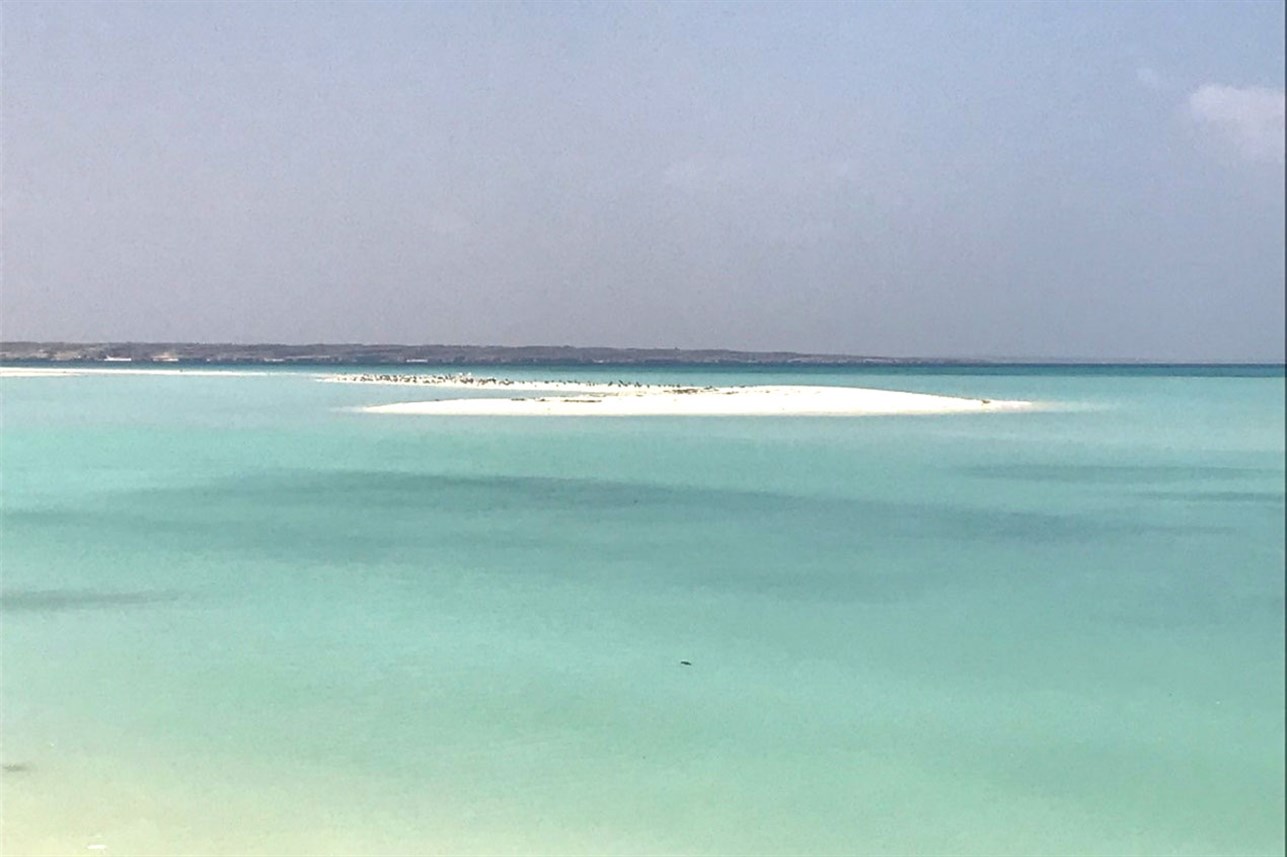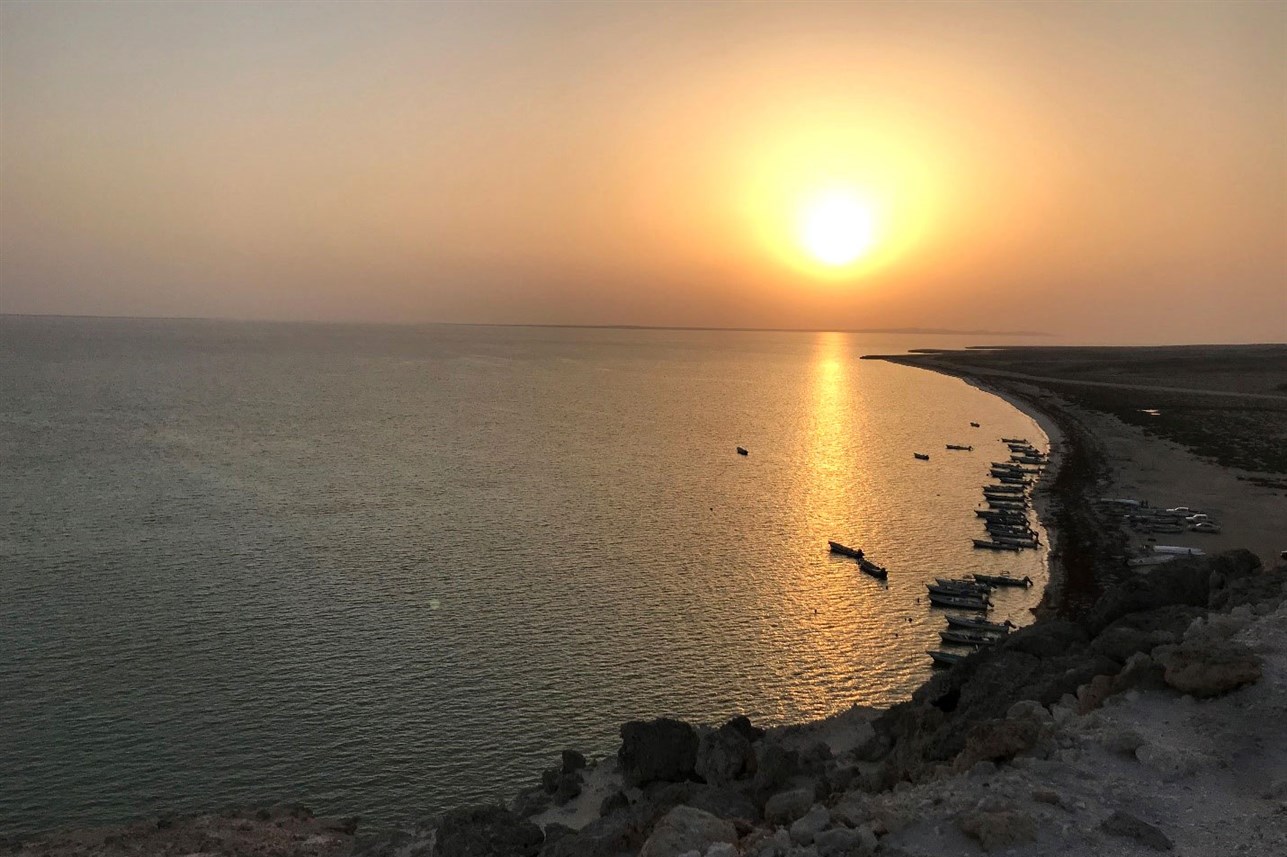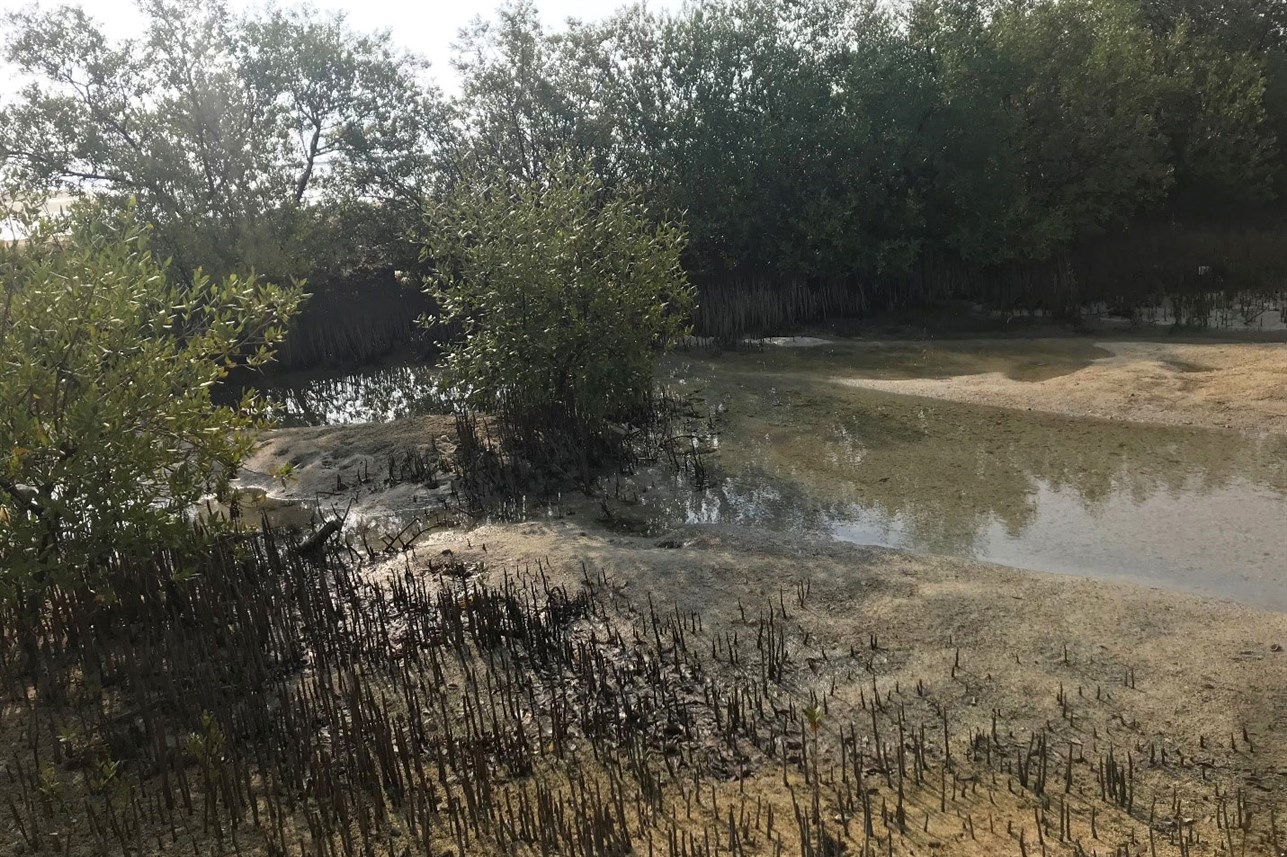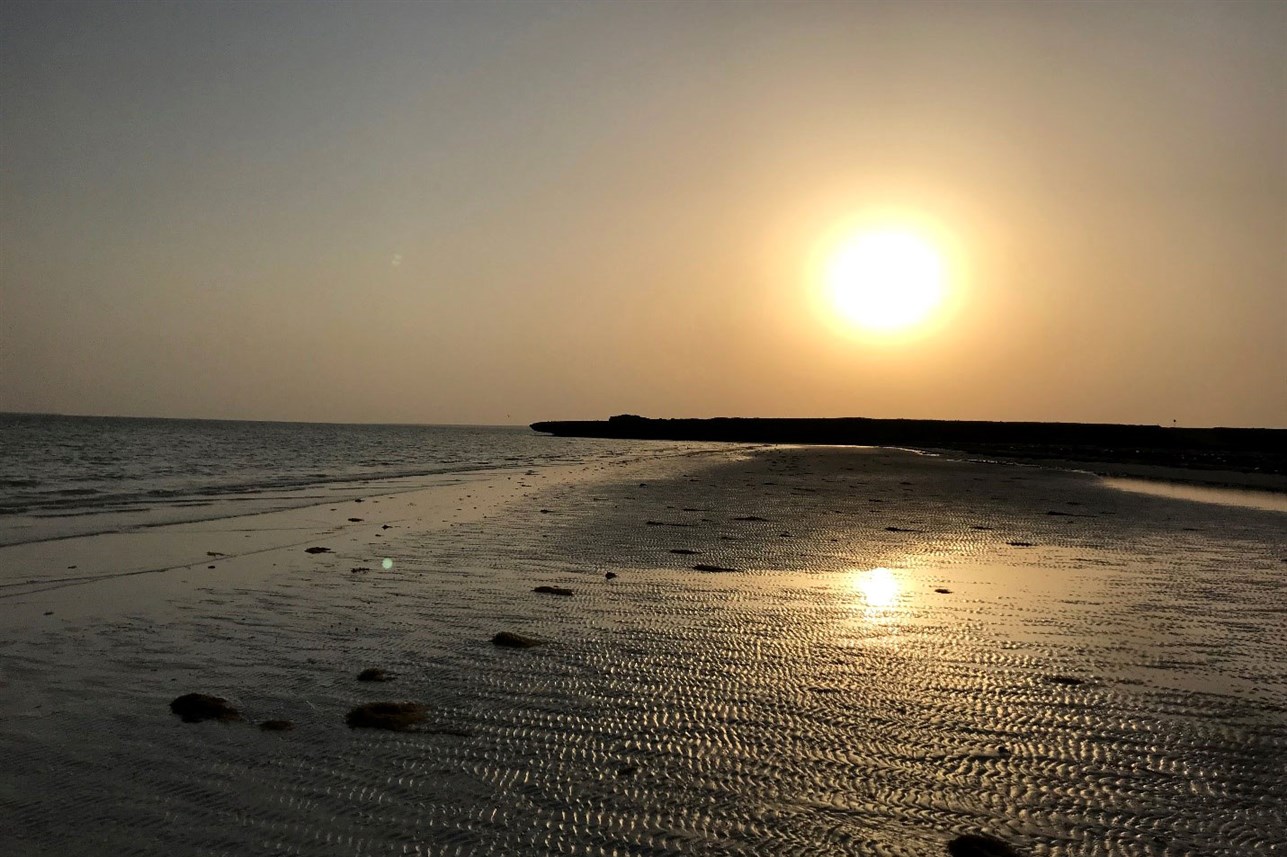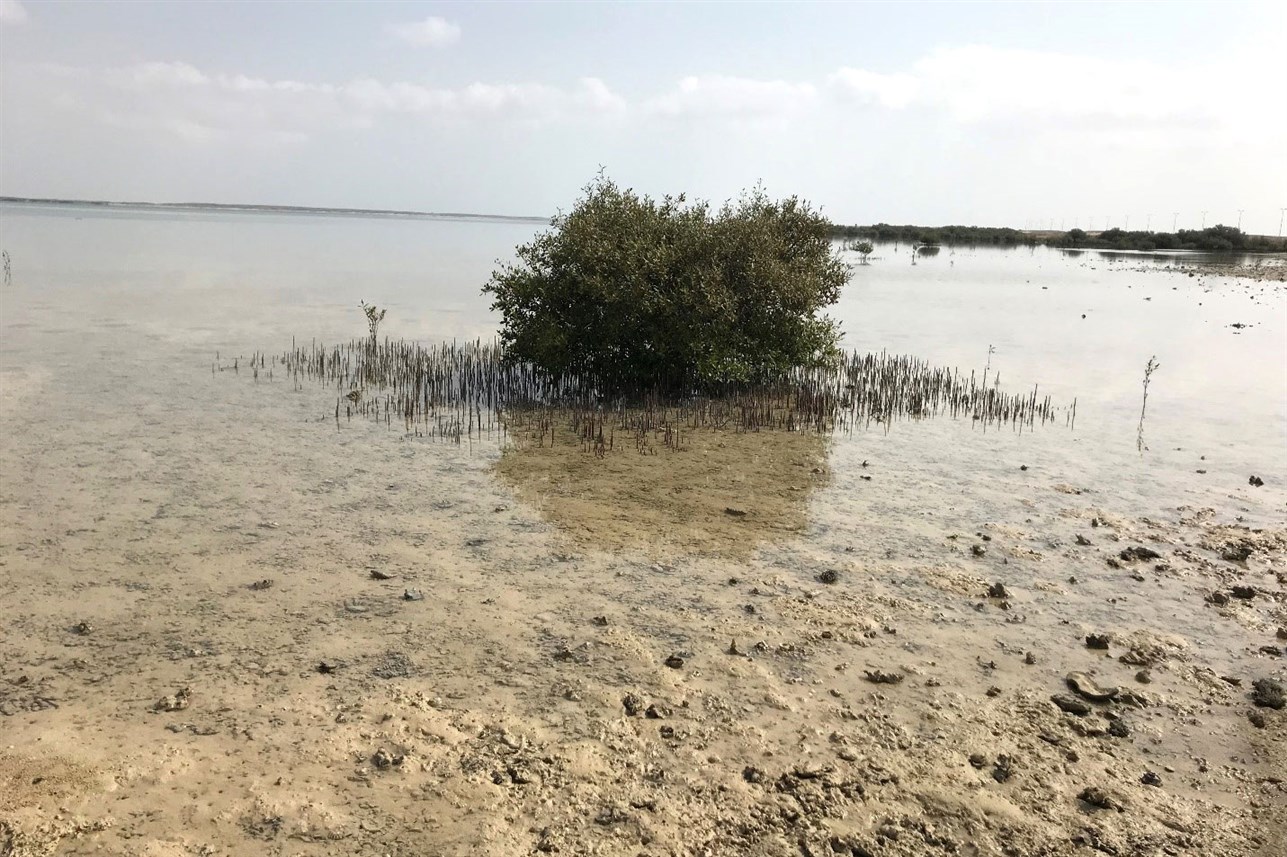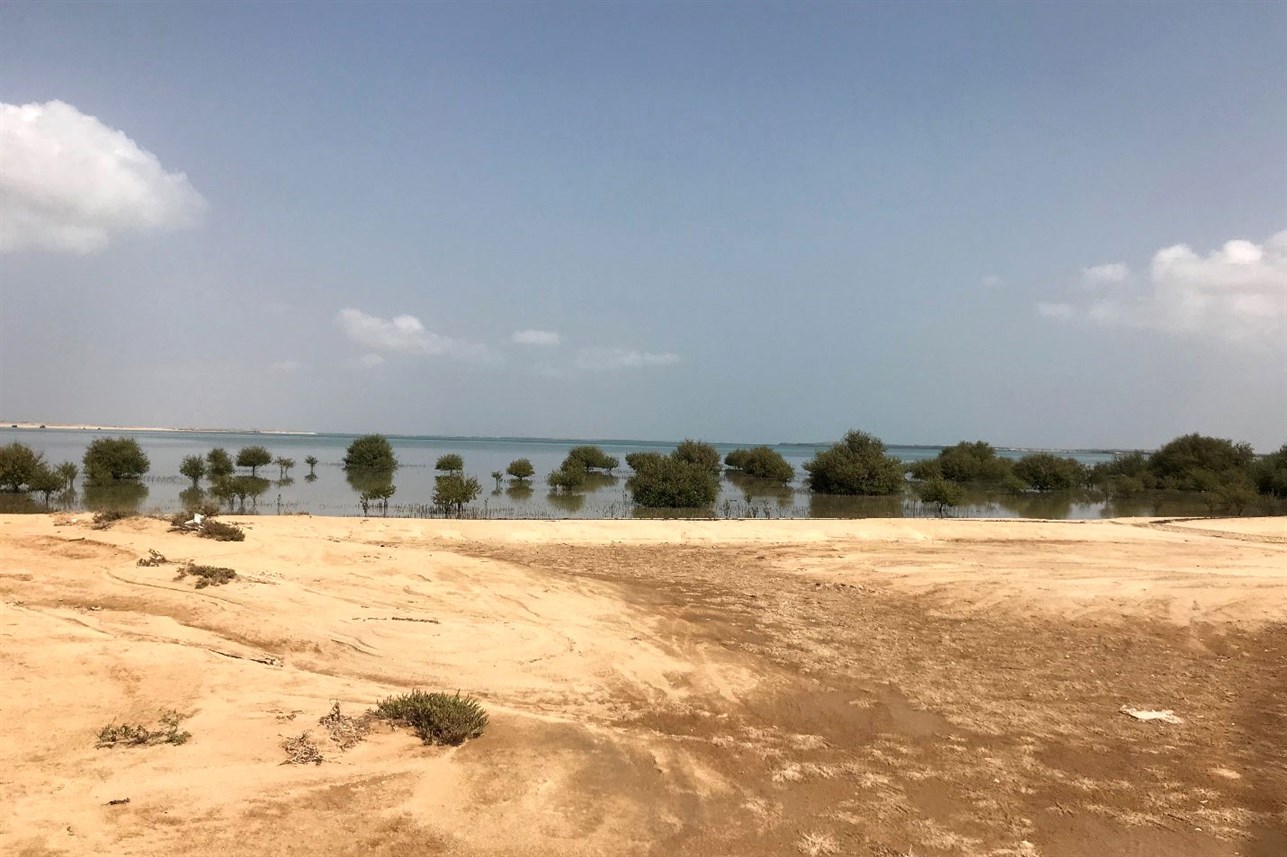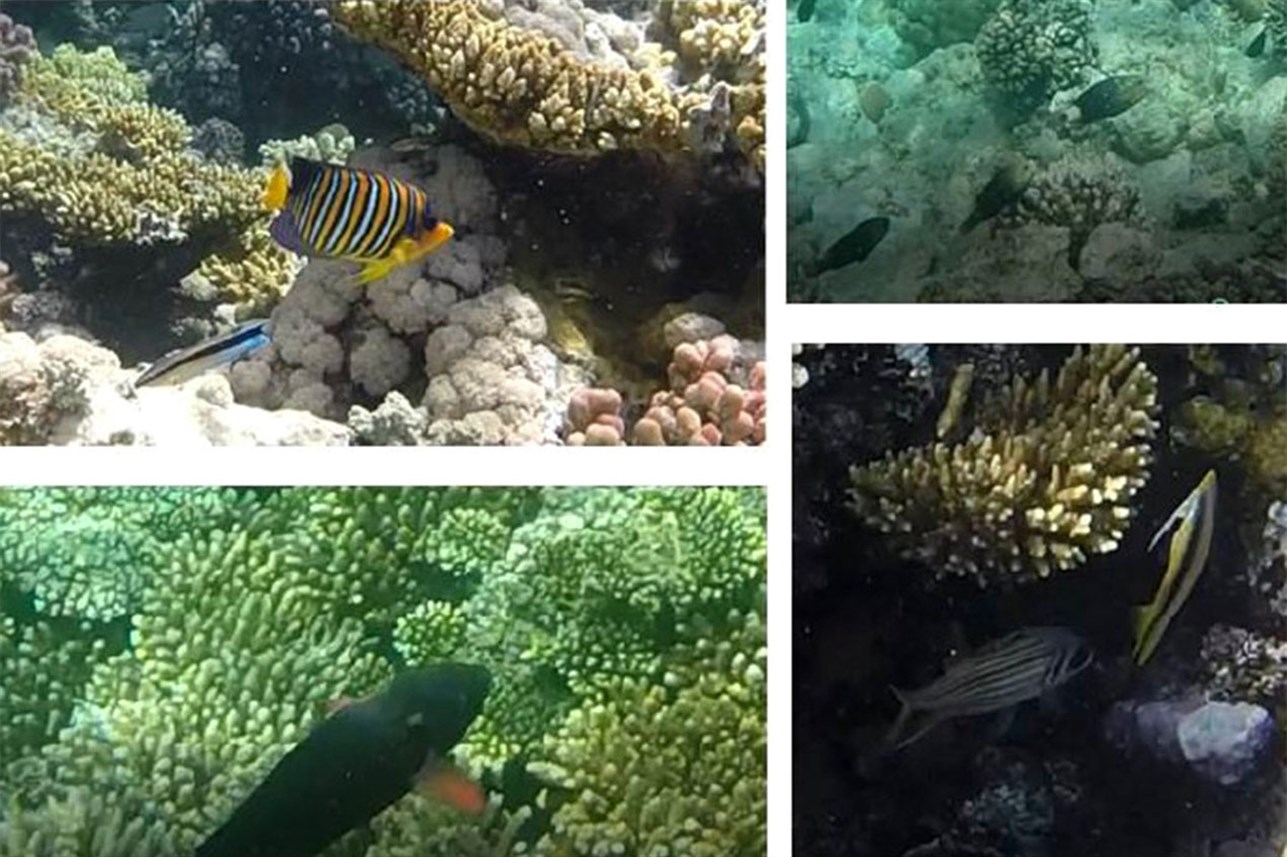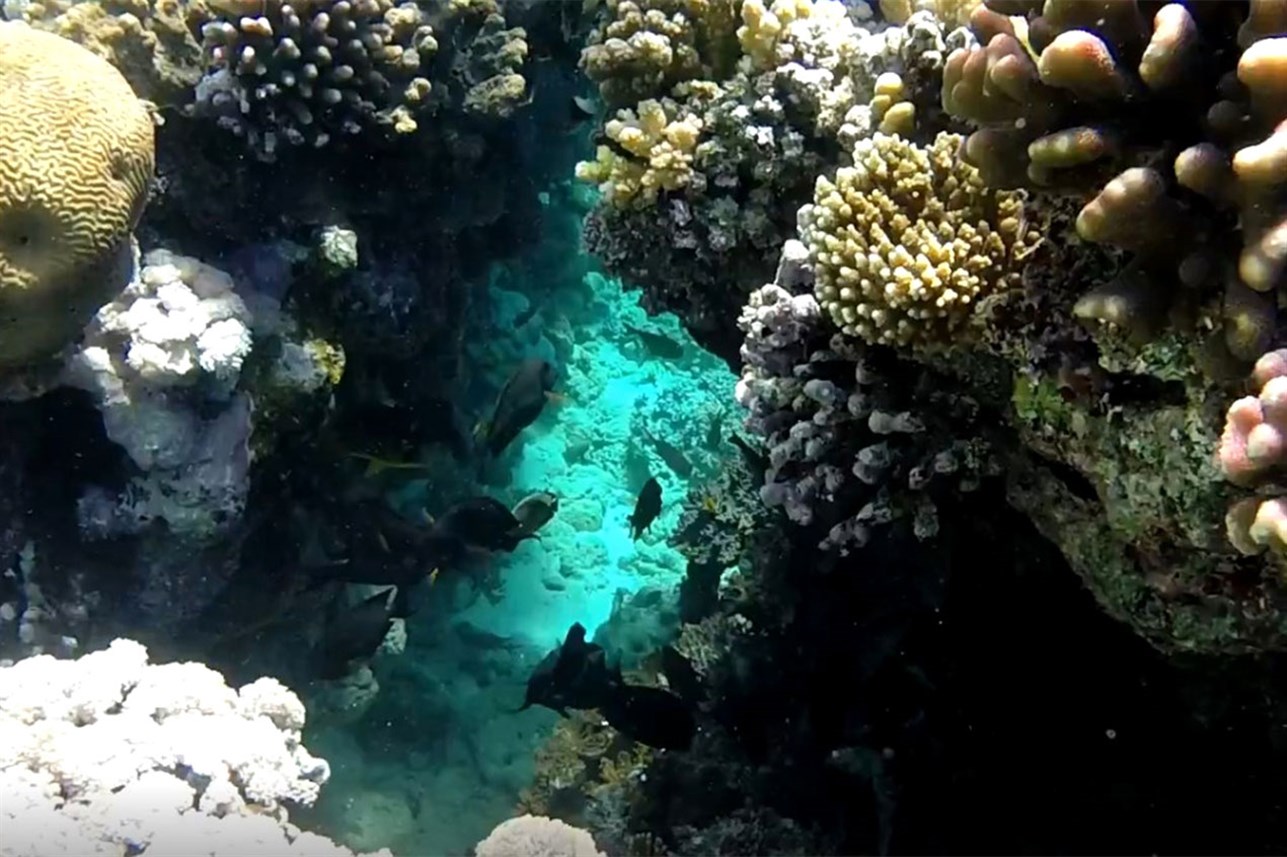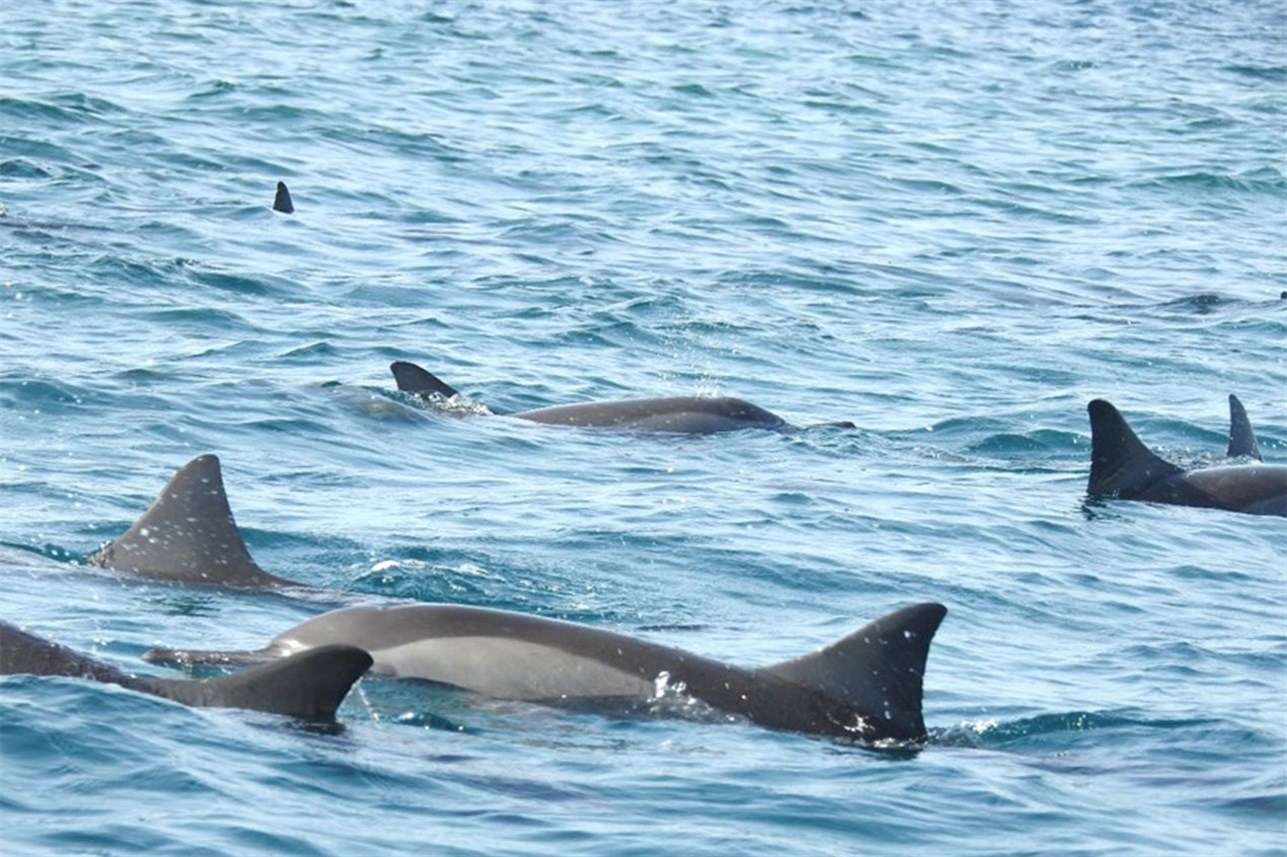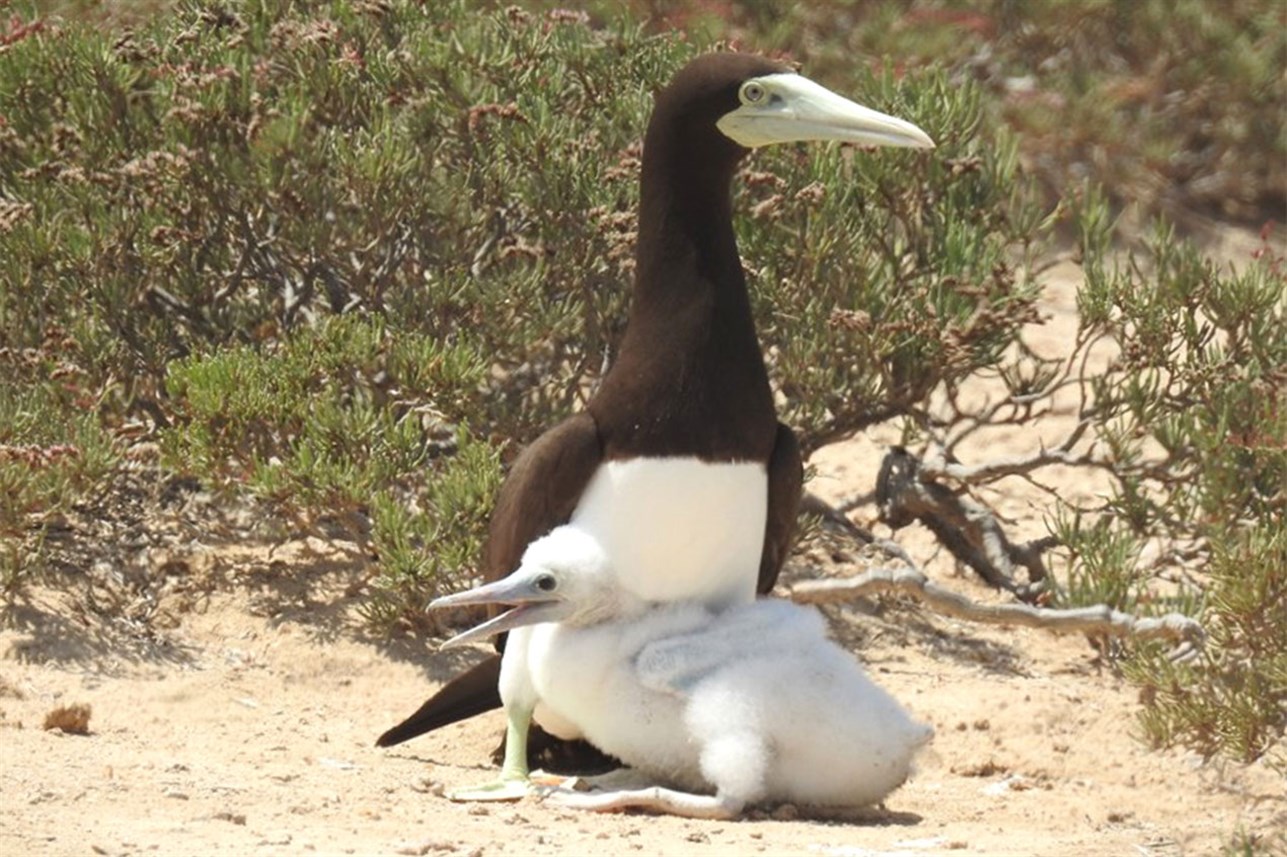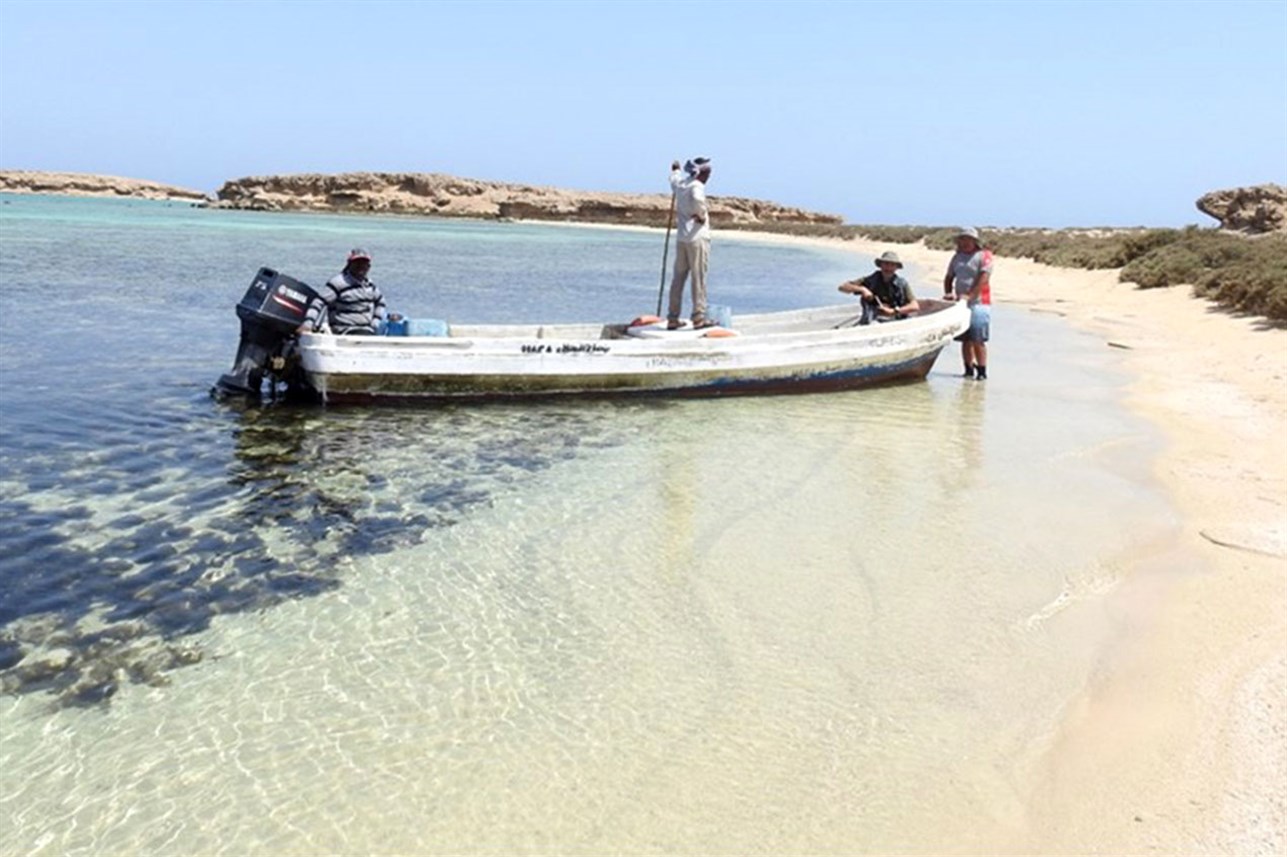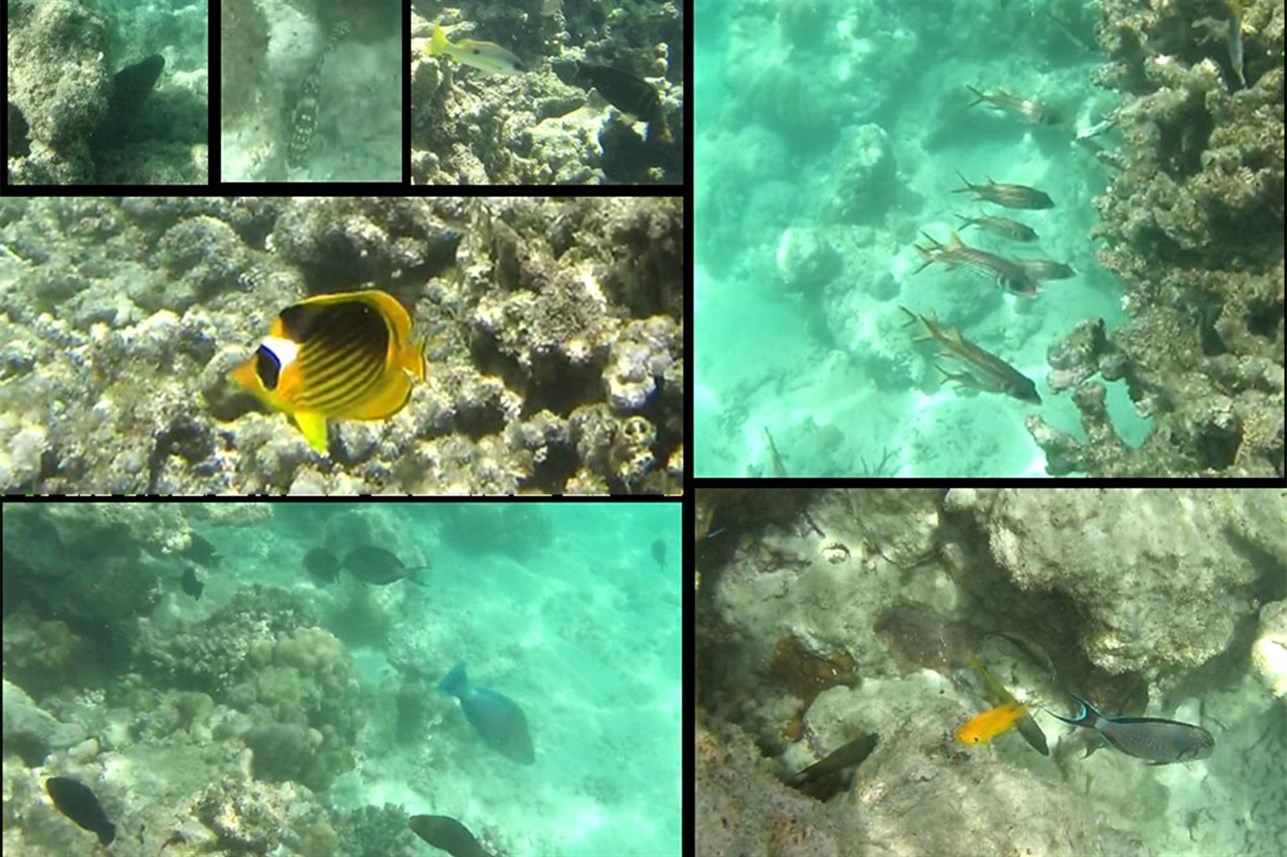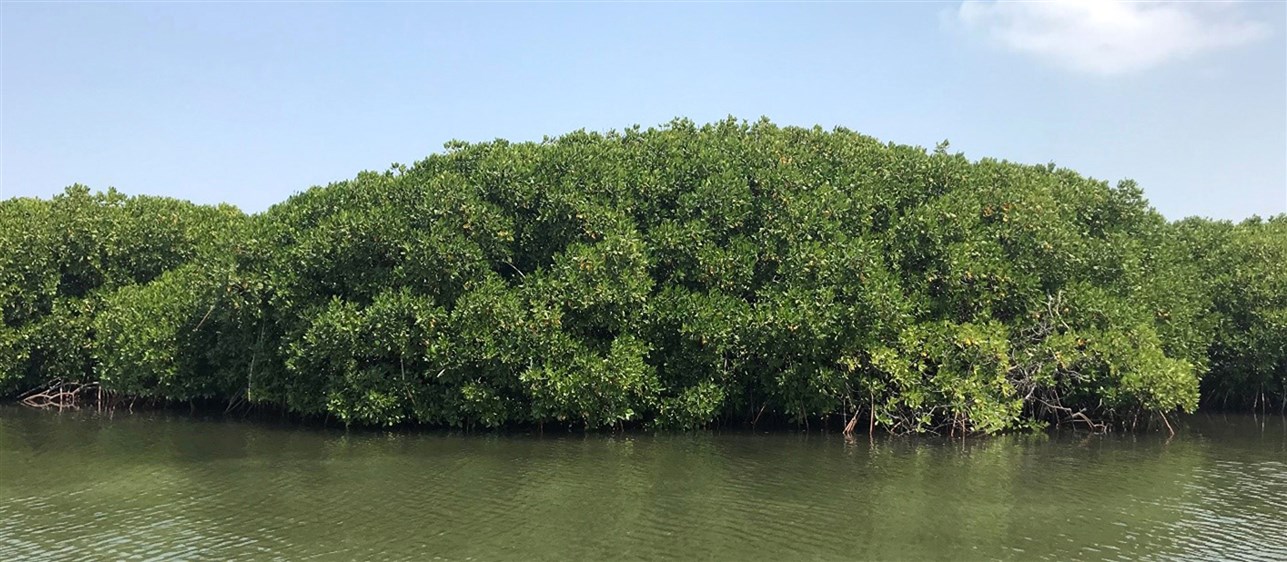
Date03.06.21
As global efforts intensify to reduce environmental and social impacts, the built environment – the buildings and infrastructure networks that support our community – and the construction industry remain among the leading contributors to carbon emissions and ecological degradation. Yet, the trends are shifting with major transformations underway. Driven by international climate commitments and a growing focus on nature-positive development, projects today must deliver not only technical excellence, but also environmental and social accountability.
Leading this change at Dar is the firm’s in-house environment team, an interdisciplinary team of dedicated professionals based in Beirut, London, Amman, and Khobar offices, who works with clients and communities around the region to ensure that new developments preserve natural and cultural heritage.
Dar’s environmental and social experts Riwa El Derbas, Cristobal Martinez Garcia, Sima Hojaij, and Elcin Kaya, guide projects of all scales, from strategic master plans to greenfield developments, toward more environmentally and socially responsible outcomes – advocating for natural and social environments to be at the heart of every project. Riwa, Principal and Head of the Environmental Unit based in Beirut, explains that, unlike the other disciplines at Dar, the environmental team’s work covers both living and non-living systems: monitoring air, noise, soil, surface water, groundwater, and marine sediment, while also safeguarding biodiversity, endangered species, local communities, and culturally significant sites. Whether it is preserving sensitive terrestrial and marine habitats, protecting migratory corridors for wildlife, ensuring communities are consulted and respected, assessing climate change-related risks, or meeting international environmental and social performance standards, Dar environmental team brings scientific rigor, regulatory insight, and ethical commitment to every project. With the rising importance of environmental and social (E&S) studies across GCC countries, where regulatory frameworks are rapidly evolving, and their critical role in projects funded by international financial institutions such as the World Bank, where compliance with stringent social safeguards is essential, the team's role has become increasingly vital.
“What sets Dar’s environmental and social specialists apart,” continues Riwa, “is our early, close and ongoing collaboration with multidisciplinary design teams. By embedding environmental and social considerations from the very beginning, we ensure they’re embedded into the core of the design, rather than retrofitted as an afterthought. The process is continuous and adaptive, spanning from feasibility studies and master planning to detailed design and construction oversight.
“We’re deeply committed to improving projects’ positive environmental and social outcomes, ensuring that projects enhance, rather than compromise, the well-being of people and the planet,” explains Cristobal, Associate Principal and Head of environmental Unit based in London, adding: “Applying the mitigation hierarchy—avoid, minimize, mitigate, and compensate—is central to our approach. We actively influence project design to prevent adverse impacts from the outset, and when impacts are unavoidable, we work to reduce and restore what is affected, ensuring compliance with lender standards and best practices.”
Riwa adds that Dar’s interdisciplinary model fosters real integration. “This approach enables environmental and social experts to work hand-in-hand with engineers, architects, and planners to co-develop solutions where mitigation measures emerge naturally from the design itself.”
Planning for the environment – for generations to come
One of the most impactful opportunities for our environmental experts is during the development of local, national, and regional master plans. In these projects, our environment team plays a key role in preparing environmental strategies, identifying strategic constraints and opportunities, shaping smart environmental approaches, and developing policies that center both nature and people.
“In several recent and large-scale coastal developments, our early involvement at the master planning stage enabled us to carry out high-level environmental assessments that significantly shaped the direction of the plans,” explains Sima, Associate Principal/Environmental Specialist. “Through baseline surveys, we have identified a number of site-specific constraints including sensitive ecosystems such as mangroves, coral reefs, marine habitats, and even subsurface structures. These findings prompted significant revisions to the master plan to avoid potential impacts and ensure future development remains aligned with environmental protection objectives.” This early intervention helped preserve sensitive ecosystems and guided the creation of more adaptive, environmentally responsible developments built in from the ground up and for the long run.
These early surveys and interventions also often bring to light cultural heritage. “During early stage environmental and baseline surveys for a large infrastructure project, Dar’s archeological team identified sensitive features such as unrecorded graves and archaeological remains,” Sima narrates. “the design team then shifted the alignment and adjusted infrastructure corridors, accordingly, avoiding irreversible impacts and safeguard that heritage.”
Nature-based solutions: enhancing infrastructure
Dar’s environmental specialists emphasize avoiding harm and reducing long-term negative impact wherever possible. Sima explains that “avoidance and reduction are most effective when considered at the outset, through strategic site selection, nature-based solutions, and the integration of ecological features into infrastructure.”
And increasingly, Dar’s environment team implements exceptional nature-based solutions that serve both ecological and engineering goals. “Our nature-based solutions have included living seawalls engineered to replicate natural shoreline features and support marine growth, artificial reefs deployed to provide new habitats and promote biodiversity and oyster reef restoration initiatives that not only boost oyster populations but also help clarify water, improve marine life conditions, and create natural filtration systems,” Sima relates.
Dar’s environmental specialists collaborate with our multidisciplinary teams to provide context-specific solutions. “In one project, a marine environment had limited circulation because of a project development, and we demonstrated that that water stagnation could lead to long-term degradation, so the design team introduced mechanical flushing systems to restore water flow and support ecological resilience,” Sima says.
Safeguarding local communities
At Dar, our environmental team’s role also extends beyond natural environmental systems to safeguard the human communities affected by development projects. As Cristobal and Associate Social Specialist Elcin explain, “We view the environment through a holistic perspective recognizing the intrinsic connections between ecosystems, natural resources, and the local communities that depend on them.”
A top priority is to “ensure that affected communities are not left worse off by the implementation of a project,” Elcin explains. That’s why we help clients align work with the Environmental and Social Frameworks (ESFs) of institutions such as the World Bank and the African Development Bank.
“In West Africa, for instance, we developed Resettlement Action Plans (RAPs) and Livelihood Restoration Plans (LRPs) for major water infrastructure projects,” Elcin says. “We focused on optimizing project alignment to preserve significant nationally significant ecological areas while minimizing both physical and economic displacement. And when that’s not possible, we found solutions to minimize that displacement and restore livelihoods, allowing infrastructure to move forward without compromising community well-being or ecological integrity. Similarly, in East Africa, we supported government agencies in delivering large-scale railway infrastructure, helping shape and monitor RAPs to ensure that affected communities can retain or even improve their livelihoods, even in the context of large-scale development.”
As Cristobal and Elcin further note, Dar’s team services also include “the development and implementation of comprehensive social management frameworks during the construction phase, such as workforce influx, human rights, demobilization, gender-based violence (GBV), cultural awareness, and local recruitment management plans, all aimed at minimizing social risks, ensuring effective monitoring, and, where necessary, activating corrective action plans.” This integration of social factors into our holistic and well-rounded approach supports the environmental wellbeing of both people and planet.

